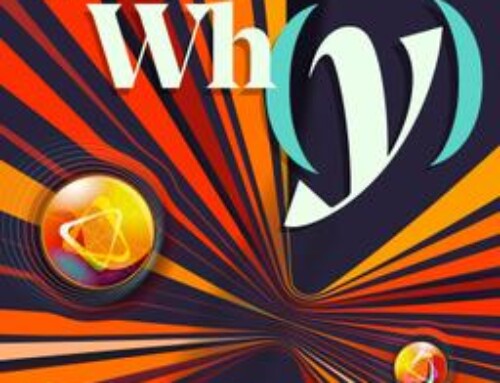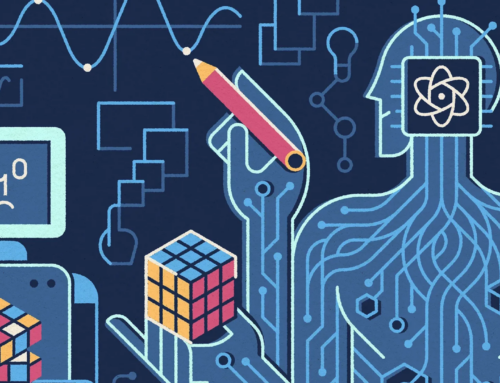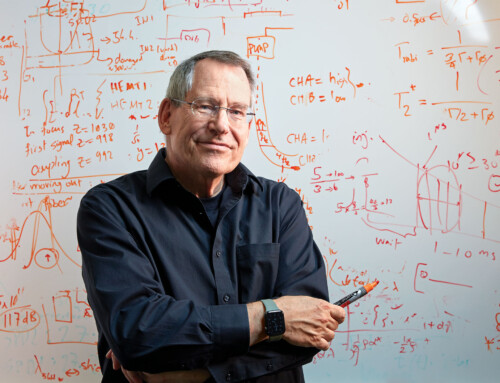A new Caltech-led study in the journal Science describes how machine learning tools, run on classical computers, can be used to make predictions about quantum systems and thus help researchers solve some of the trickiest physics and chemistry problems. While this notion has been proposed before, the new report is the first to mathematically prove that the method works in problems that no traditional algorithms could solve.
“Quan
tum computers are ideal for many types of physics and materials science problems,” says lead author Hsin-Yuan (Robert) Huang, a graduate student working with John Preskill, the Richard P. Feynman Professor of Theoretical Physics and the Allen V. C. Davis and Lenabelle Davis Leadership Chair of the Institute for Quantum Science and Technology (IQIM). “But we aren’t quite there yet and have been surprised to learn that classical machine learning methods can be used in the meantime. Ultimately, this paper is about showing what humans can learn about the physical world.”
The new study is the first mathematical demonstration that classical machine learning can be used to bridge the gap between us and the quantum world. Machine learning is a type of computer application that mimics the human brain to learn from data.
“We are classical beings living in a quantum world,” says Preskill. “Our brains and our computers are classical, and this limits our ability to interact with and understand the quantum reality.”
The new study will help scientists better understand and classify complex and exotic phases of quantum matter.
“The worry was that people creating new quantum states in the lab might not be able to understand them,” Preskill explains. “But now we can obtain reasonable classical data to explain what’s going on. The classical machines don’t just give us an answer like an oracle but guide us toward a deeper understanding.”
Co-author Victor V. Albert, a NIST (National Institute of Standards and Technology) physicist and former DuBridge Prize Postdoctoral Scholar at Caltech, agrees. “The part that excites me most about this work is that we are now closer to a tool that helps you understand the underlying phase of a quantum state without requiring you to know very much about that state in advance.”
Read the full Caltech Media Story here Classical machine learning can be used for tricky quantum problems | www.caltech.edu and the Science paper here Provably efficient machine learning for quantum many-body problems



